Near the gardens of Taj Mahal stands the important 16th-century Mughal monument known as the Red Fort of Agra. This powerful fortress of red sandstone encompasses within its 2.5-km-long enclosure walls, the imperial city of the Mughal rulers. The forbidding exteriors of this fort hide an inner paradise. There are a number of exquisite buildings like Moti Masjid – a white marble mosque akin to a perfect pearl; Diwan-E-Am, Diwan-E-Khaas, Musamman Burj – where Mughal Emperor Shah Jahan died in 1666 A.D., Jahangir’s Palace, Khaas Mahal and Sheesh Mahal. Agra Fort, an excellent example of Mughal architecture, is one of the few UNESCO World Heritage Sites in India.
The construction of the Agra fort was started around 1565, when the initial structures were built by the Mughal Emperor Akbar, and subsequently taken over by his grandson Shah Jahan, who added most of the marble creations to the fort. The fort is crescent shaped, flattened on the east with a long, nearly straight wall facing the river. It is ringed by double castellated ramparts of red sandstone, punctuated at regular intervals by bastions. A 9m wide and 10m deep moat surrounds the outer wall. An imposing 22m high inner wall imparts a feeling of invincible defensive construction. The layout of the fort was determined by the course of the river, which in those days flowed alongside. The main axis is parallel to the river and the walls bridge out towards the city.
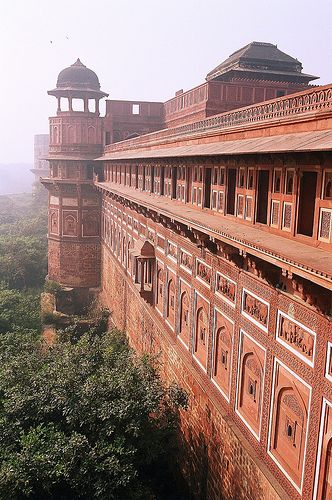
The fort had originally four gates, two of which were later walled up. Today, visitors are allowed entry only through the Amar Singh gate. Jehangir Mahal is the first notable building that the visitor sees as he enters through Amar Singh gate. Jehangir was Akbar’s son and the heir to the Mughal throne. Jehangir Mahal was built by Akbar as the women’s quarters. It is built of stone and is simply decorated on the exterior. Ornamental Persian verses have been carved on a large stone bowl, which were probably used to contain fragrant rose water. Akbar built a palace, adjacent to Jehangir Mahal, for her favourite queen Jodha Bai.

Built by Shah Jahan, entirely of marble, the Khaas Mahal demonstrates distinctive Islamic-Persian features. These are well blended with a striking range of Hindu features such as chhatris. It is considered to be emperor’s sleeping room or ‘Aramgah’. Khaas Mahal provides the most successful example of painting on a white marble surface. On the left of the Khaas Mahal, is the Musamman Burj, built by Shah Jahan. It is a beautiful octagonal tower with an open pavillion. It boasts of its openness, elevation and cool evening breezes. This is where Shah Jahan lay on his deathbed, gazing at the Taj.
Sheesh Mahal or the Glass Palace is the finest example of decorative water engineering in the hammams. It is believed to have been the harem or the dressing room, and its walls are inlaid with tiny mirrors which are the best specimens of the glass-mosaic decoration in India. To the right of Sheesh Mahal is Diwan-I-Khaas, the hall of Private Audience. The marble pillars are inlaid with semi-precious stones in delightful floral patterns. Adjacent to this, is the Mammam-E-Shahi or the Shah Burj, used as the summer retreat.
The Diwan-E-Am used to house the famous Peacock Throne, which was taken to the Red Fort when Shah Jahan moved his capital to Delhi. The throne alcove is of richly decorated white marble. Nagina Masjid, built by Shah Jahan, was the private mosque of the ladies of the court. Moti Masjid or the Pearl Mosque is the prettiest structure at Agra Fort. The building is presently closed for visitors. Near Moti Masjid is Mina Masjid, which seems to have been constructed by Shah Jahan strictly for his private use.
Agra Fort Information
| Location | Agra |
| Timings | Sunrise to sunset; every day |
| Entry | Only through Amar Singh Gate |
| Entry Fee | ₹ 40 (Indians); ₹ 650 (foreigners); free entry for kids below the age of 15 years |
| Still and Video Cameras | Allowed |
| Commissioned by | Emperor Akbar |
| Architectural Style | Mughal style |
| Status | UNESCO World Heritage Site |
| Area | 94 acres |
| Year of Establishment | 1573 |
| Best Time to Visit | October to February |
| Material Used | Red sandstone and marble |
Agra Fort: History
Did you know that this fort in Agra was originally a fortress made of bricks, owned by the Chauhan Rajputs? Historians note that after the First Battle of Panipat in 1526, Ibrahim Lodhi had moved to Agra and was living in the fort. He was conquered and killed by Babur, the first Mughal ruler, who then captured the fort and built a Baori or a stepwell in it.
When the fort came under the control of Akbar, he decided to make it his capital. However, at that time, the fort was disintegrating and losing its glory and grandeur. So Akbar rebuilt the fort with red sandstone in its exteriors and bricks in its inner core. It took the diligent and laborious work of 1,444,000 builders for 8 long years to complete the construction of this fort in 1573.
Though the construction of the Agra Fort is attributed to Akbar, it was built into what we see today under the reign of Shah Jahan, the grandson of Akbar. He demolished many buildings inside the fort and rebuilt palaces and mosques using white marbles. Later, after the battle of Samogarh in 1658, the fort came under the control Aurangzeb, the son of Shah Jahan, who locked his father here for 8 years until his death.
After the death of Shah Jahan, the fort has been seized and plundered by many emperors and rulers. In 1803, during the Second Anglo-Maratha War, the Agra Fort was taken over by the British who handed its authority to the Government of India after independence.

Agra Fort Architecture
The opulent Agra Fort is made using red sandstone and marble and features the Mughal style of architecture. When viewed from above, the fort displays the shape of a semicircle and is enclosed by massive double battlemented walls made of red sandstone. These walls are about 2 km in perimeter and 70 feet in height. The fort has four gates namely Delhi Gate, Amar Singh Gate, Hathi Pol, and Ghaznin Gate. Of these, the Delhi Gate is the largest and was used as Akbar’s formal gate. Visitors are given access to the fort only through the Amar Singh Gate.
There are splendid rooms, magnificent mosques, and beautiful halls inside this fort. The main structures and monuments at the fort include public and private halls called Diwan-i-Am and Diwan-i-Khas, royal pavilions that house masjids, royal baths made using marble, a mirror palace or Sheesh Mahal, and courtrooms, among others. It is believed that the fort once had over 5000 structures and monuments inside it. However, only a dozen of these stood the test of time.

Agra Fort: Today
Today, the Agra Fort is one of the best forts in India and is a popular tourist destination in Agra after the Taj Mahal. In 1983, the fort was given the status of UNESCO World Heritage Site. You can purchase entry tickets to the fort at the Amar Singh Gate and also rent audio guides from the booth inside the entrance. The Sadar Bazaar, one of the top shopping places in Agra, is located near the fort.
Agra Fort Light and Sound Show
The Government of UP organizes an evening light and sound show at the fort. The light and sound show at the Agra Fort takes you on a visual journey through its illustrious past. Counted among the best light and sound shows in India, it is one of the top attractions in Agra Fort.
- Timings: 30 minutes after sunset; every day
- Shows: Hindi and English
- Tickets: ₹ 70 for Indians; ₹ 200 for foreigners; ₹ 40 for students
Things to See in Agra Fort
The fort comprises several palaces, halls, and other monuments built at different points of time in history. The major things to see in Agra Fort include:
- Jahangir Mahal, the red sandstone palace built for Jahangir by his father Akbar
- Jahangir‘s Hauz, the monolithic tank or bathtub built for Jahangir
- Bengali Mahal, the palace of Akbar which is said to have many secret underground passages
- Khas Mahal, a white palace built by Shah Jahan featuring floral etchings and Jaali-styled windows. The palace is positioned such that it gives you a distance view of the Taj Mahal.
- Anguri Bagh or the Garden of Grapes, a garden built by Shah Jahan in front of Khas Mahal
- Akbari Mahal, the palace where Akbar spent the last years of his life
- Sheesh Mahal, a mirror palace built by Shah Jahan that features tiny glass-mosaic decorations.
- Babur’s Baoli, a Baoli or stepwell. This was the first modification made to the fort by Babur.
- Shahjahani Mahal, a white marble palace featuring an octagonal tower, side rooms, and a large hall
- Musamman Burj, an octagonal building with a clear view of the Taj Mahal. This is the place where Aurangzeb imprisoned his father, Shah Jahan, who spent 8 years of his life watching his wife’s memorial from a distance.
- Nagina Masjid, a mosque built for the ladies. It is said that below the mosque was the Mina Bazaar, where the epic romance between Jahangir and Nurjahan blossomed.
- Macchi Bhavan, a large terrace with hallways that connect to various chambers of the fort
- Ghaznin Gate, a gate that originally belonged to the Tomb of Muhmud of Ghazni and was brought to the fort during the rule of British
- Diwan-i-Khas, the hall of private audience with tall arched doorways made of white marble. The renowned Peacock Throne of Shah Jahan with the famous Kohinoor diamond used to be kept here before it was shifted to Delhi.
- Diwan-i-Am, the hall for public audience built by Shah Jahan
- Moti Masjid aka the Pearl Masjid, a mosque which is currently not accessible to the public. The private shrine of Shah Jahan, namely Mina Masjid, is situated close to the Moti Masjid.

How to Reach:
By Air
Agra’s Kheria airport is also a military base. It is a seasonal commercial airport and is connected only by Air India flights from New Delhi. The flight from Delhi to Agra is less than an hour long. Kheria airport is 13 kilo metres away from Agra city. Hire a taxi from the airport to get to the city, which should take you around 10-15 minutes depending on traffic.
By Train
Agra is situated on the Delhi-Mumbai and Delhi-Chennai route and is well connected to most cities across India. There are regular trains to Agra from cities like Delhi, Jaipur, Gwalior and Jhansi. Agra is also well connected to cities in other parts of the country such as Kolkata, Mumbai and Chennai. There are five railway stations in Agra – Agra Cantt Station (the main station), Agra Fort Railway Station, Raja ki Mandi, Agra City and Idgah Railway Station. The Taj Mahal and Agra Fort are a short distance away from Agra Cantt railway station and one can hire a pre-paid taxi, auto rickshaw or even a cycle rickshaw to get to these attractions.
By Road
Agra is connected to Delhi by NH2 and the new Yamuna Expressway. The drive time is about 4-5 hours depending on traffic and time of the day. Jaipur is connected to Agra by NH11 and is a 4-hour drive. Gwalior, connected by NH3 is a 1.5-hour drive while Lucknow and Kanpur, connected by NH2, are about a 2-hour and 5-hour drive respectively.

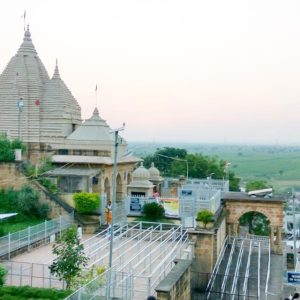
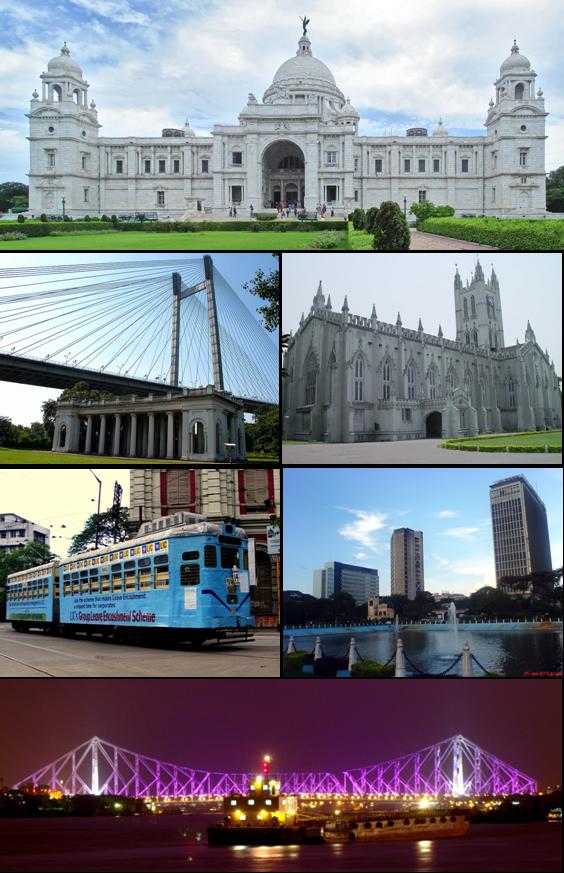
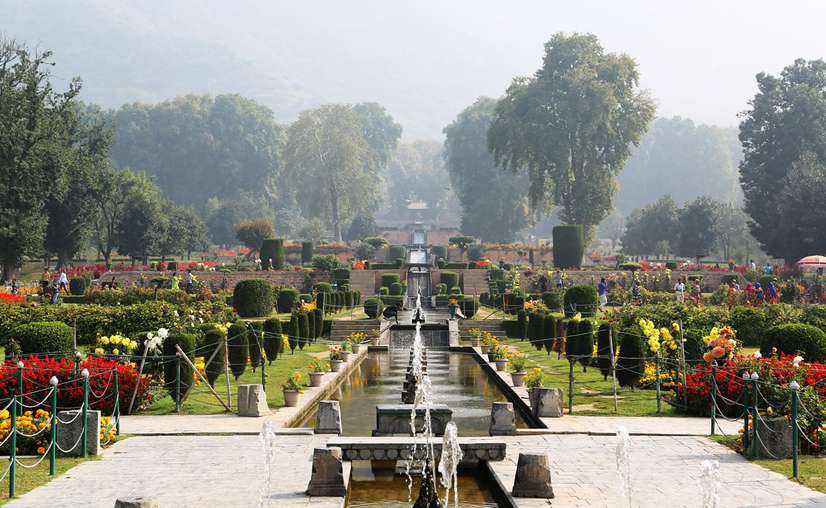



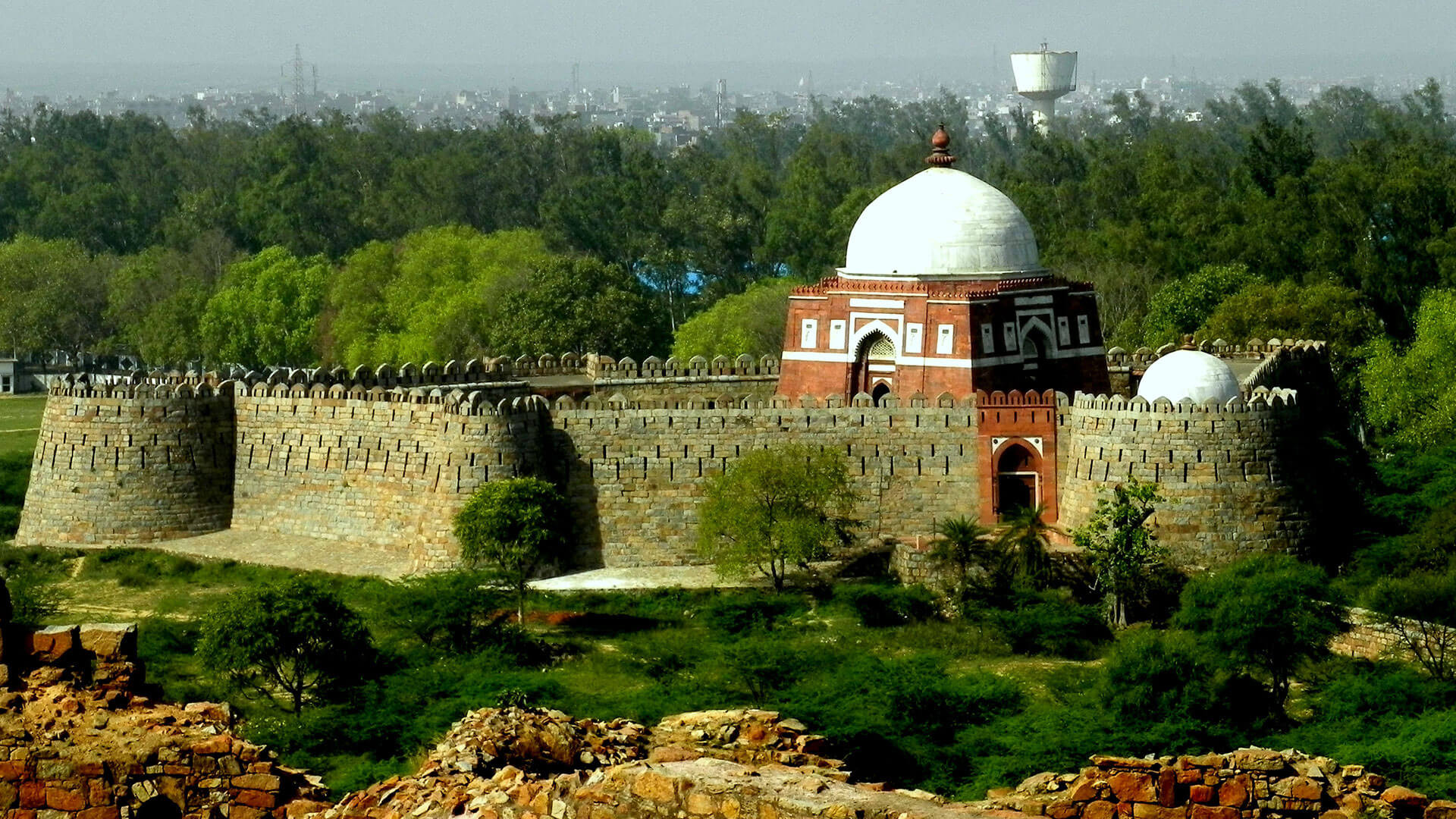
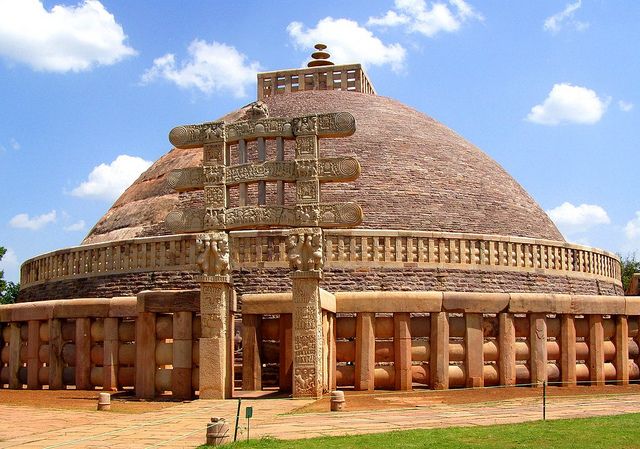
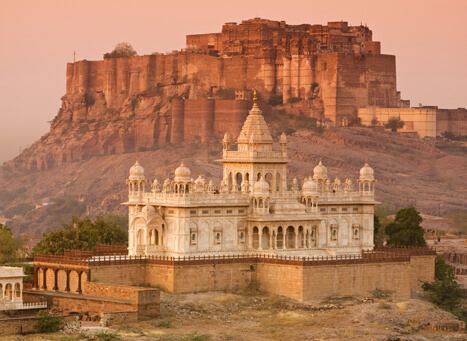
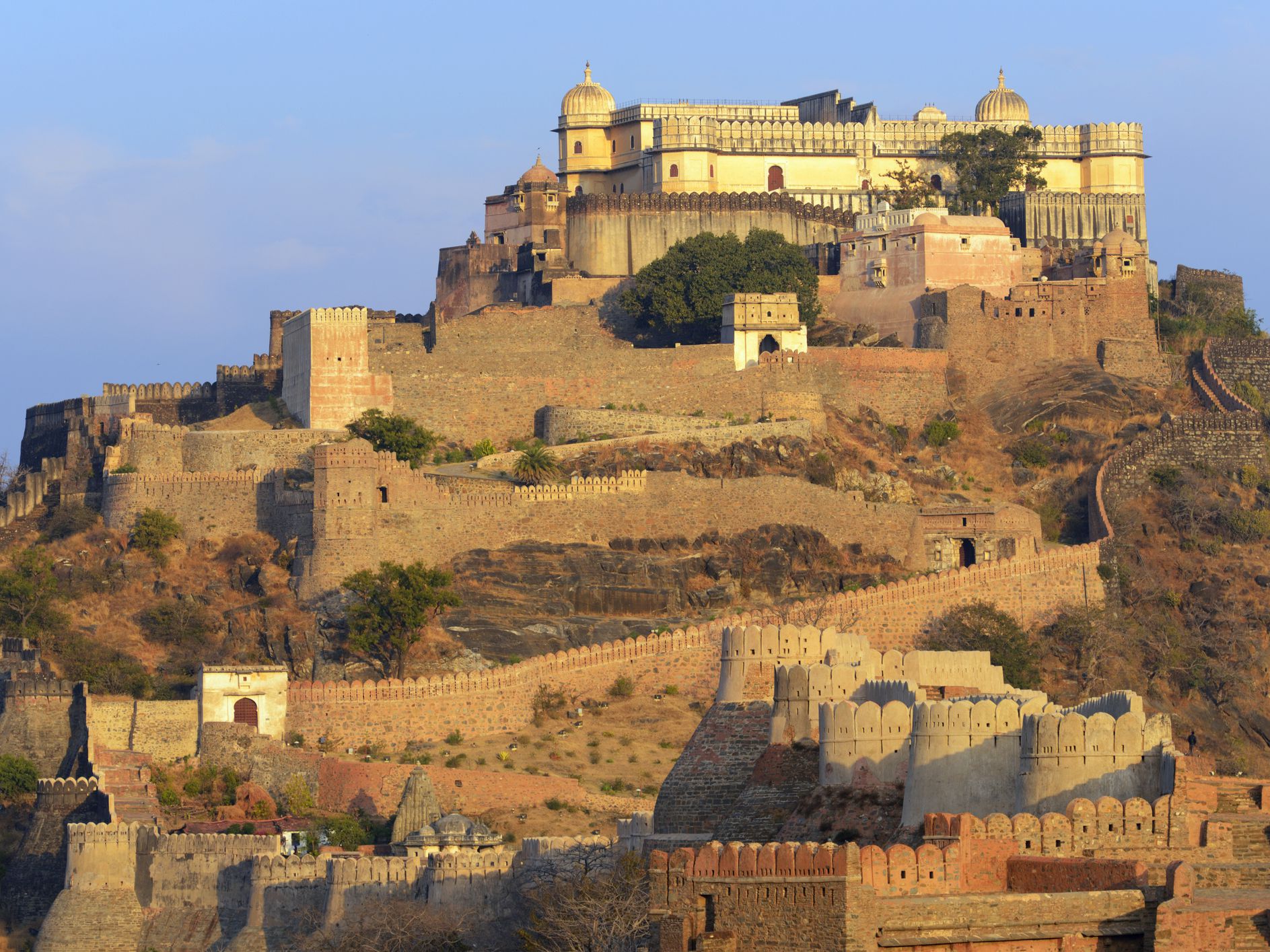


10 Comments
Comments are closed.